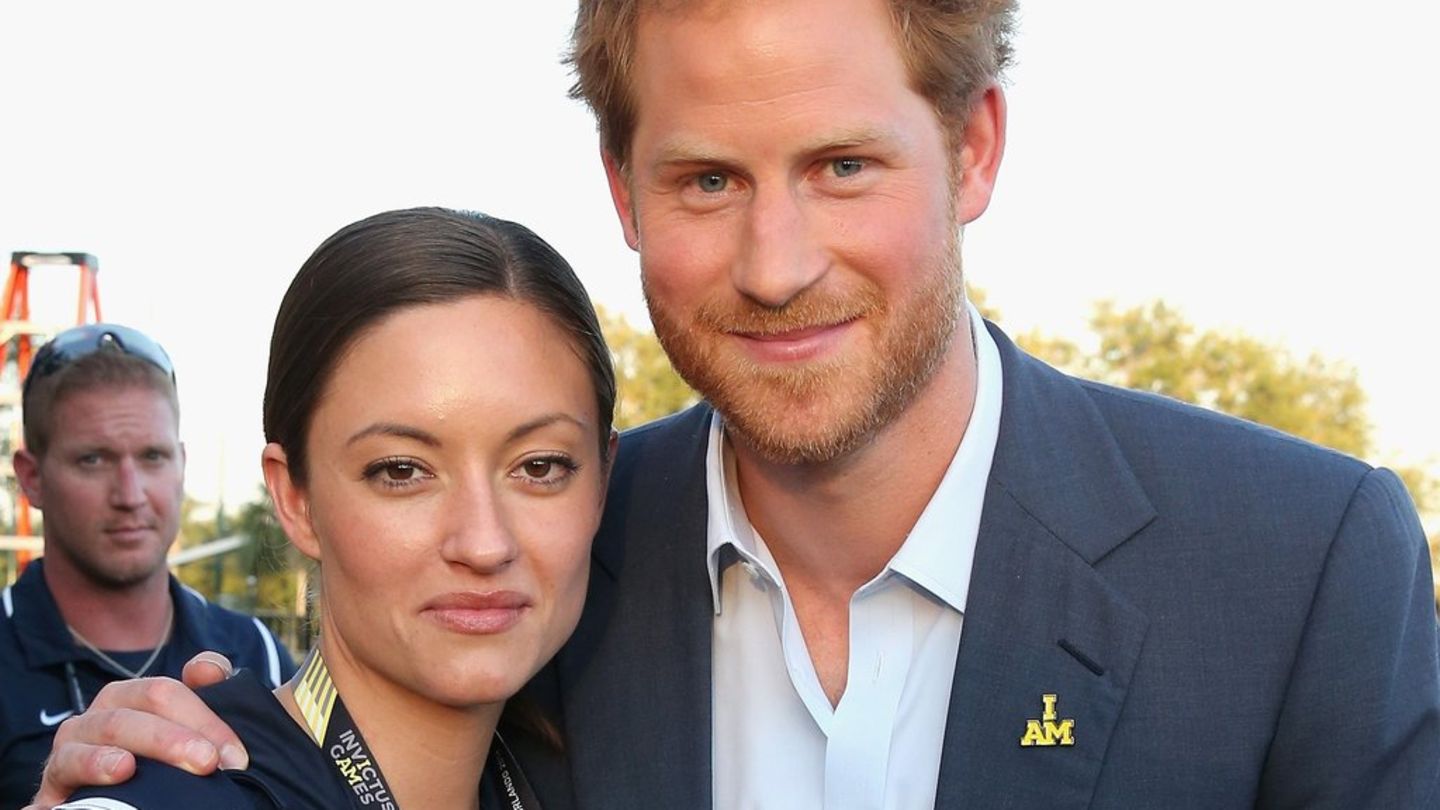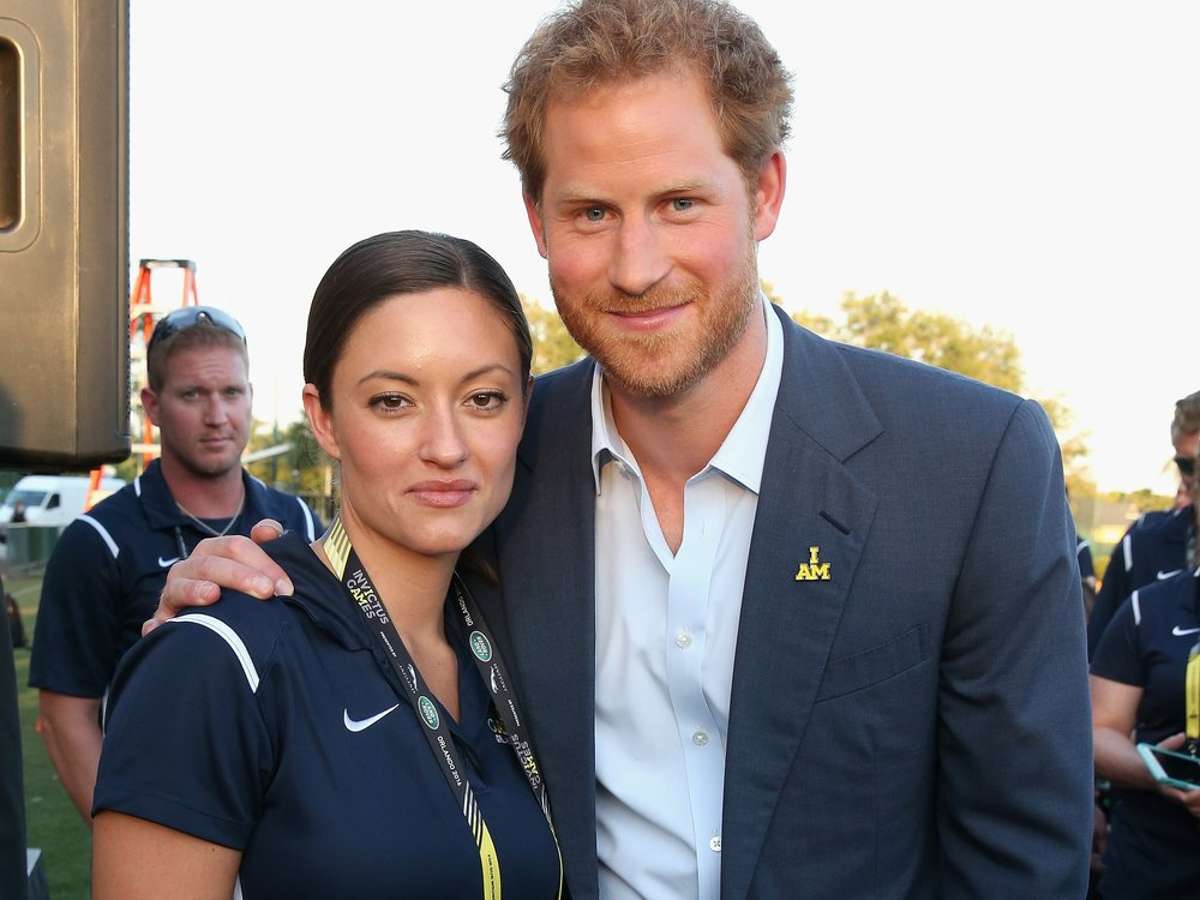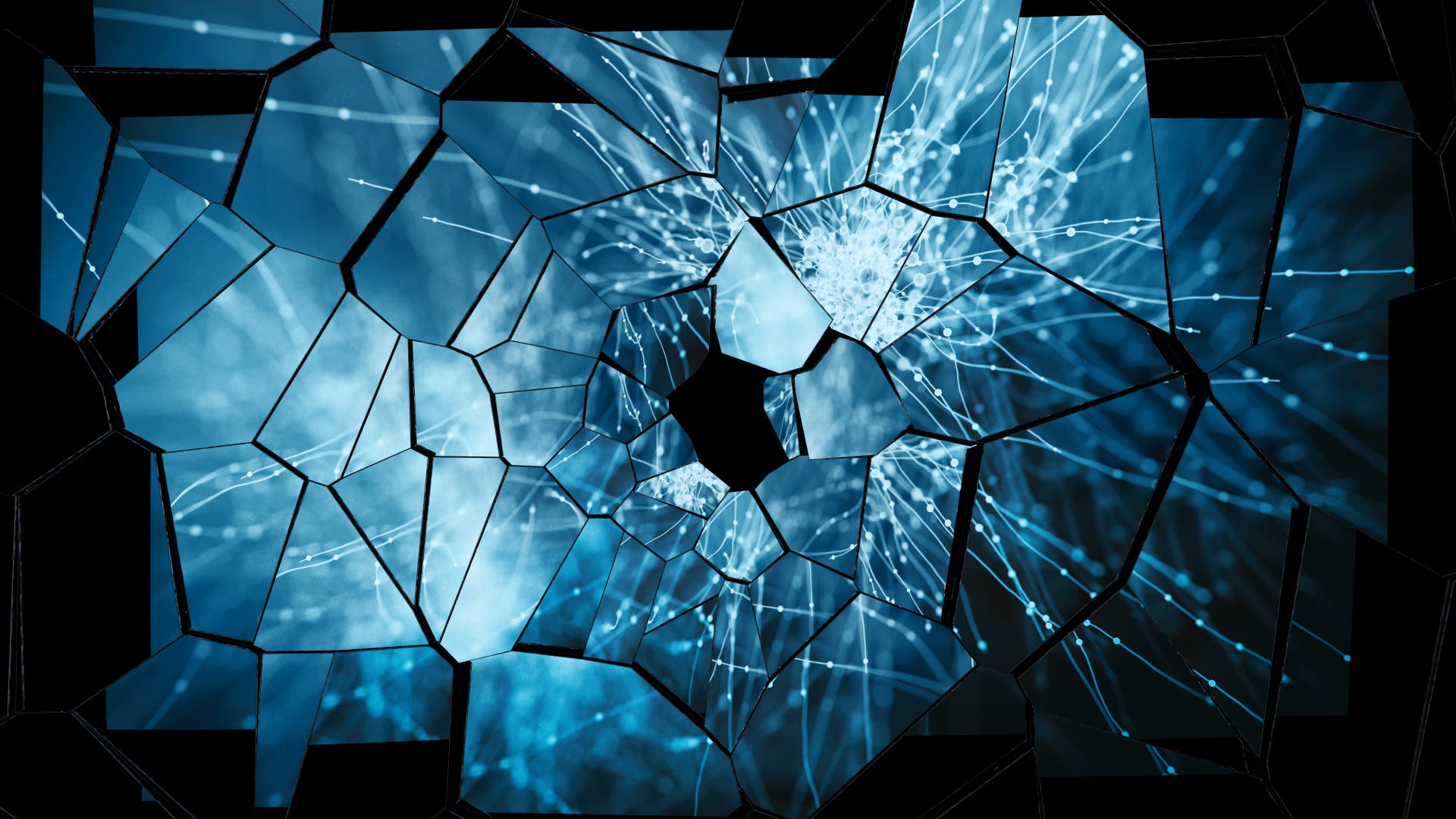2. Mirror neurons are the basis of the “theory of mind”
But these cells would hardly have achieved their fame if they were only associated with copying movements. The idea that neurons in the brain respond to other people’s gestures invites you to think more. Do they perhaps also reflect internal states? Maybe they’re the reason we have an idea of what’s on other people’s minds?
Experts refer to this ability as “theory of mind.” As early as 1998, Vittorio Gallez, who was part of the Rizzolati group of discoverers, published an article with American philosopher Alvin Goldman on the role of mirror neurons in “theory of mind”. In the years since, researchers have tried to show in experiments that neurons not only react to another person’s actions, but also recognize the other person’s underlying intention.
The mirror system of the brain These areas (restricted to the surface of the brain) have been associated with mirror properties in several studies. In red: regions where Pascal Muhlenbergs and colleagues detected mirror properties in a 2012 pooled analysis of 125 fMRI studies. In green: You can see one of the areas where Roy Mukamel first found mirror neurons in humans in 2010 using cell recordings. In blue: Giacomo Rizzolati discovered special neurons in Broca’s region (F5 in macaques) in 1992.
In a critically acclaimed neurostimulation study in 2014, cognitive scientists led by John Michael, who now conducts research at the Central European University in Budapest, played videos of mummering to test subjects. From a series of pictures, subjects were asked to choose the picture most appropriate for the hand movement shown (for example, a watering can). To do this, they had to get the plot right. In another case, it was also important to take into account the context in which the hand gesture was performed. So the gesture of a spill in the garden can mean watering the plants. On the other hand, at the dining table, you are more likely to pour tea into a cup. According to the researchers, in order to select the right thing, that is, either a watering can or a teapot, it was not only necessary to define the procedure, but the people tested also had to be able to correctly interpret the intent behind it.
When the team dampened the participants’ frontal motor cortex with magnetic cues, they performed worse on both tasks. For Catmore, the experiment is not proof that mirror neurons encode mental states such as the intent to act. The results can be explained if the neurons respond only to a purely external action. Michael agrees: “It’s possible. But experience also shows that recognizing movements can certainly be part of understanding intentions.
In 2014, Robert Spant and Ralph Adolphs of the California Institute of Technology chose a different approach. To separate out the identification of movements and to understand the intent behind them, subjects were asked to indicate either how other people do a particular action (“Does a person lift someone?”) or why they do it (“Does a person help someone?”?”). The same picture for both questions. So if they noticed the differences between the two conditions, they could be sure that these were not due to different image processing. Brain regions with mirror neurons showed stronger activities in the “like” condition. On the other hand, during the “why” task, they fired Neurons in particular are in areas of the prefrontal cortex that neuroscientists have previously linked to TMT processes.The finding therefore speaks against the involvement of mirror neurons in TMT.
“Mirror neurons help us figure out what someone else is doing, but not why they are doing it.”(Carolyn Catmore, psychologist)
Unlike the Spunt and the Adolphs, John Michael affected the participants’ brain activity directly using magnetic pulses. Such “disruptive” studies are generally considered more compelling because they can show that the area is truly essential and not only active during the task. However, British psychologist Catmore found: “Research in recent years has shown that mirror neurons help us tell what someone else is doing, but not why they are doing it.” However, Michael points out: “A lot also depends on what that means: understanding intentions. There is still no clear consensus on that.”

“Alcohol buff. Troublemaker. Introvert. Student. Social media lover. Web ninja. Bacon fan. Reader.”







More Stories
Pluto: Astrophysicists have now found a scary explanation
“Time seems to cure long Covid.”
Science: The use of artificial intelligence is changing the way hospitals operate